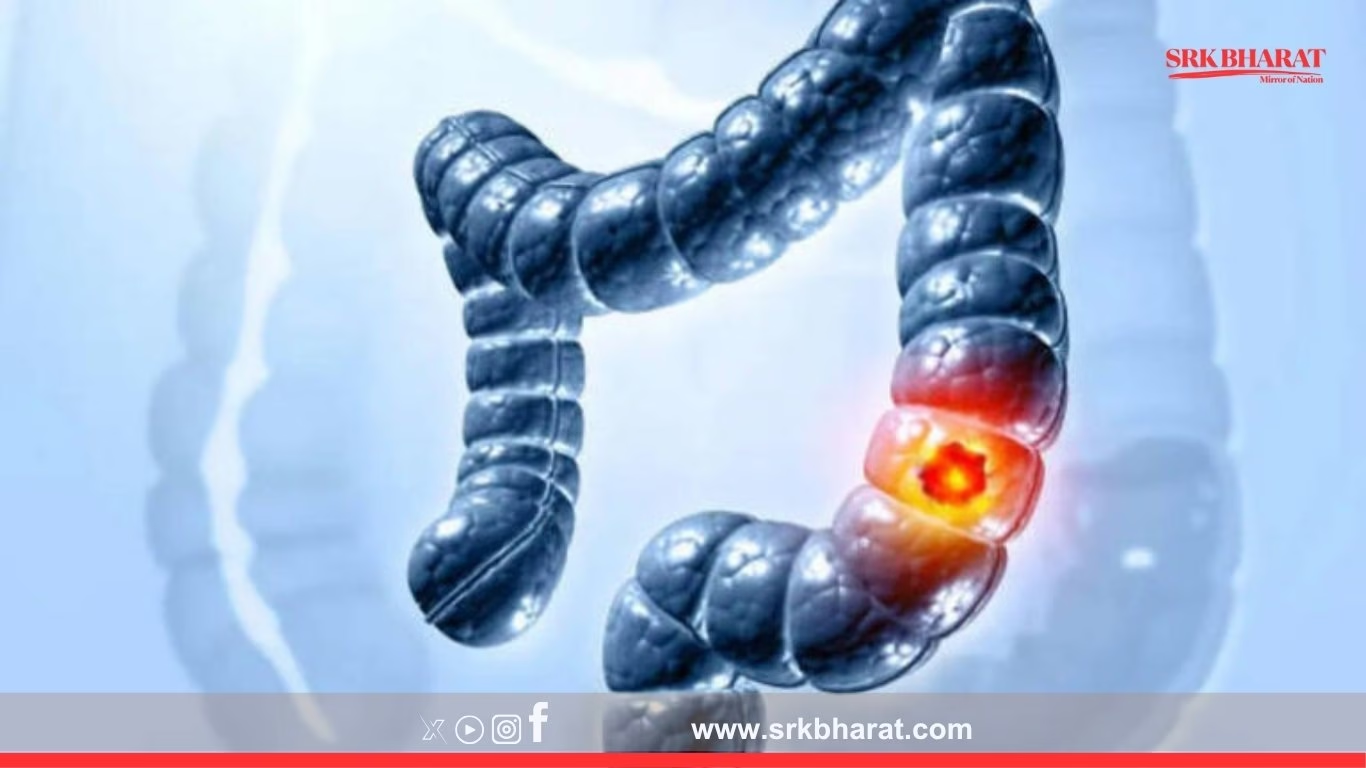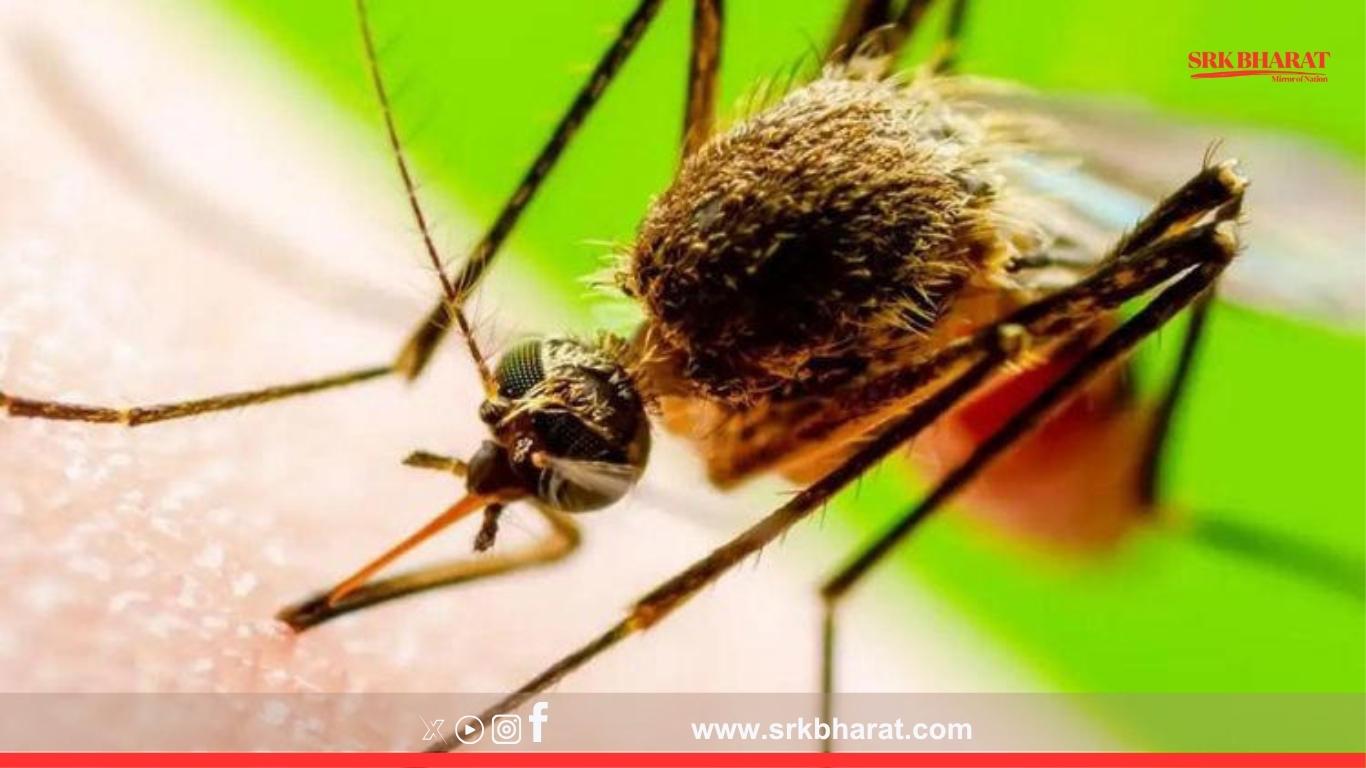Heart health among women often receives less attention compared to men, even though cardiovascular diseases are the leading cause of death among women globally. According to cardiologists, one of the most critical indicators of heart health is blood pressure, which fluctuates significantly across different stages of a woman’s life — from the 20s to pregnancy, menopause, and into the 60s. Understanding these changes and adopting preventive strategies can make a profound difference in protecting women’s cardiovascular health.
Why Women’s Blood Pressure Differs from Men’s
While both men and women are at risk of hypertension, research shows that women’s hormonal changes, reproductive health, and lifestyle transitions affect blood pressure in ways that are often overlooked. A cardiologist recently highlighted how estrogen, progesterone, and other hormonal influences impact vascular function, increasing or decreasing risk factors depending on the stage of life.
Blood Pressure in the 20s: The Foundation Years
In their 20s, most women enjoy relatively stable blood pressure, generally in the range of 110/70 to 120/80 mmHg. However, unhealthy dietary habits, stress from academics or early career pressures, and sedentary lifestyles can push some women toward early signs of pre-hypertension.
Key Risks in the 20s:
- High stress levels and irregular sleep patterns.
- Excessive caffeine or alcohol intake.
- Starting hormonal contraceptives, which may slightly affect blood pressure in some women.
Protective Measures:
- Focus on nutritious eating, including leafy greens, whole grains, and low-sodium meals.
- Regular exercise routines like jogging, yoga, or swimming.
- Stress management through meditation or mindfulness practices.
Blood Pressure During Pregnancy
Pregnancy is one of the most critical phases for blood pressure monitoring in women. While many expectant mothers maintain normal readings, some develop gestational hypertension or preeclampsia — conditions that can be life-threatening for both mother and baby.
| Blood Pressure Condition | During Pregnancy | Risk Factors | Outcomes |
|---|---|---|---|
| Normal Pregnancy BP | Around 110/70 to 120/80 mmHg | Healthy lifestyle | Normal growth |
| Gestational Hypertension | >140/90 mmHg after 20 weeks | Obesity, family history | Preterm birth risks |
| Preeclampsia | >140/90 mmHg with organ complications | First pregnancy, high BMI | Seizures, maternal/fetal complications |
Protective Measures During Pregnancy:
- Regular antenatal check-ups.
- Limiting salt intake and processed foods.
- Monitoring weight gain and blood sugar levels.
- Following prescribed medication when necessary.
Blood Pressure During Menopause
Menopause, usually occurring between ages 45–55, brings a sharp decline in estrogen, which has long been protective of women’s cardiovascular health. As estrogen decreases, arteries stiffen, and blood pressure begins to rise. Many women first experience hypertension during this stage.
Why Hypertension Rises After Menopause:
- Loss of estrogen’s vasodilating effect.
- Weight gain and slower metabolism.
- Increased risk of insulin resistance and diabetes.
Health Risks During Menopause:
- Higher risk of heart attacks compared to premenopausal women.
- Greater likelihood of stroke.
- Accelerated risk of osteoporosis combined with hypertension.
Protective Measures in Menopause:
- Adopting a low-salt, high-fiber diet.
- Engaging in aerobic exercises like walking or cycling.
- Considering hormone replacement therapy (HRT) under medical advice.
- Regular blood pressure and cholesterol checks.
Blood Pressure in the 60s and Beyond
By the time women reach their 60s, nearly 60–70% of them are diagnosed with hypertension. Aging arteries, stiffened vascular walls, and years of accumulated lifestyle factors make this stage highly vulnerable.
Common Risks in the 60s:
- Isolated systolic hypertension (higher upper reading but normal lower reading).
- Increased risk of kidney disease.
- Higher prevalence of atrial fibrillation (irregular heartbeat).
Protective Measures for Women in Their 60s:
- Strict adherence to prescribed medications.
- Regular physical activity tailored to age and health conditions.
- Monitoring blood pressure at home.
- Prioritizing sleep hygiene and stress-free routines.
Comparative Overview of Blood Pressure in Women’s Life Stages
| Life Stage | Average BP Range | Major Risks | Preventive Strategies |
|---|---|---|---|
| 20s | 110/70 – 120/80 mmHg | Stress, poor diet, contraceptives | Exercise, healthy diet, stress control |
| Pregnancy | 110/70 – 120/80 mmHg | Gestational hypertension, preeclampsia | Regular check-ups, low-salt diet, monitoring |
| Menopause | Often >130/85 mmHg | Loss of estrogen, weight gain, diabetes | Low-salt diet, exercise, medical consultation |
| 60s+ | >140/90 mmHg common | Hypertension, kidney disease, atrial fibrillation | Medications, lifestyle management, monitoring |
Cardiologist’s Key Recommendations for Women
- Start Early Prevention – Do not wait until your 40s; begin monitoring BP in your 20s.
- Adopt a DASH Diet – The Dietary Approaches to Stop Hypertension (DASH) diet emphasizes fruits, vegetables, lean proteins, and low sodium.
- Stay Physically Active – At least 150 minutes of moderate exercise per week can keep blood pressure in check.
- Limit Alcohol and Quit Smoking – Both significantly increase hypertension risk.
- Regular Screenings – Annual health check-ups should include blood pressure, cholesterol, and glucose levels.
- Manage Stress – Chronic stress is one of the silent contributors to rising blood pressure.
- Medication Adherence – If prescribed antihypertensive drugs, take them consistently.
Broader Implications: Women’s Heart Health Awareness
Globally, women are less likely to recognize heart disease symptoms, as they often manifest differently compared to men. Instead of sharp chest pain, women may experience:
- Fatigue, dizziness, or fainting.
- Shortness of breath.
- Pain in the jaw, neck, or back.
Raising awareness about these differences is vital in ensuring timely diagnosis and treatment.
Conclusion
From the 20s to the 60s and beyond, a woman’s blood pressure undergoes distinct phases of change influenced by hormones, lifestyle, and aging. Cardiologists emphasize the importance of early awareness, preventive care, and regular monitoring to ensure heart health remains strong across all life stages. With tailored lifestyle changes and proactive medical care, women can significantly lower their risk of hypertension-related heart disease.
Disclaimer: This article is intended for informational purposes only and should not be taken as medical advice. Readers are advised to consult qualified healthcare professionals for diagnosis, treatment, and personalized recommendations.











